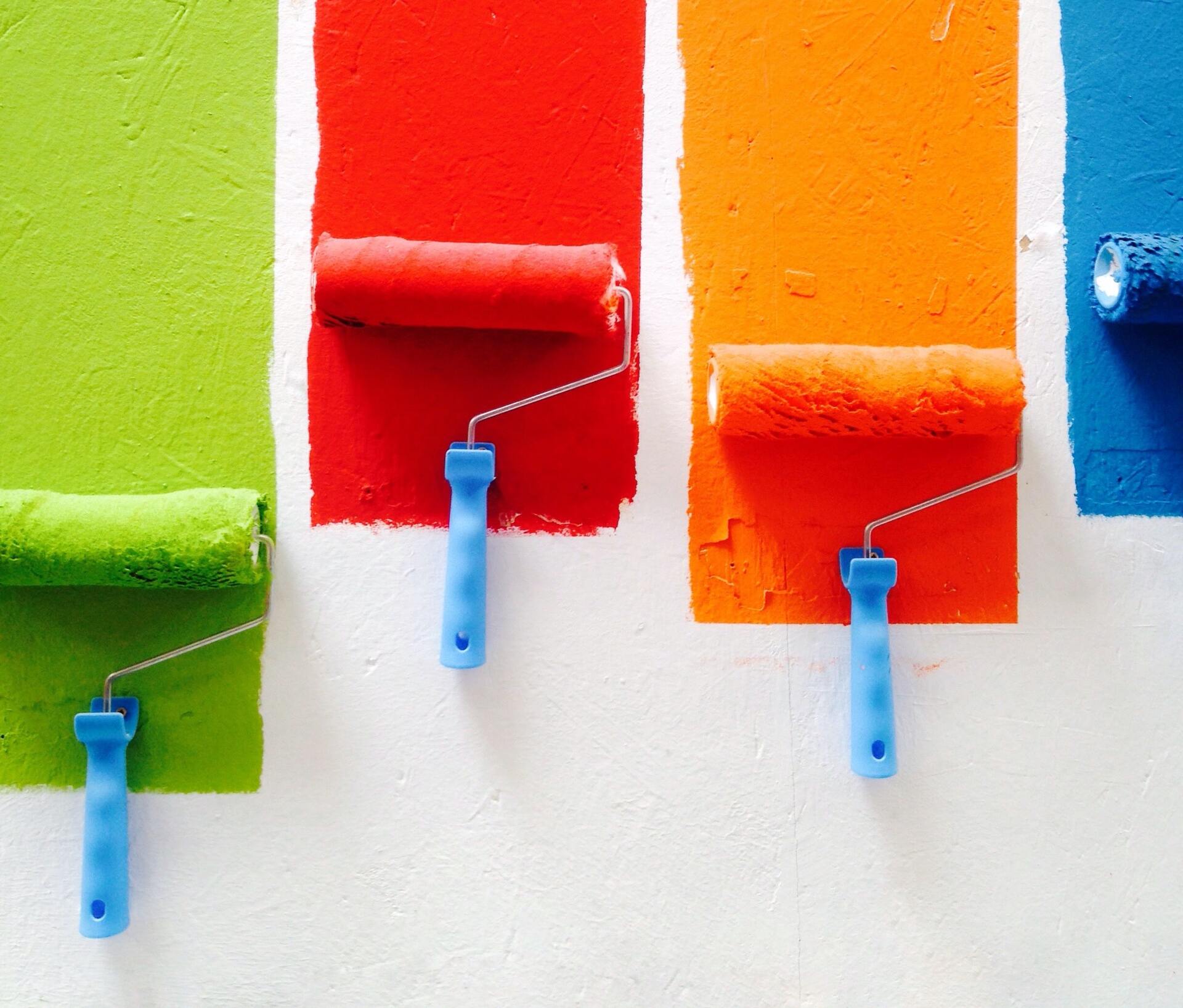
FAQ About Fundamentals of Design

What are some of the basic elements that make up every composition?
Some basic elements include line, shape, form, texture, and balance. Together, they're part of everything we see and create.
1- Line: A line is a simple shape that connects two or more points together. It can vary in weight, color, texture, and style. Every possibility gives a different feel to a line; whether it is wavy or thin or straight, it implies something different. Those qualities can have an impact on how your design is perceived. Lines appear in illustrations, drawings, and graphic elements like patterns. A line can add emphasis on an element, divide or organize content, and guide the viewer's eye.
2- Shape: A shape is a two-dimensional area with a boundary that is created by different forms of lines. Shapes can be geometric or organic (where the angles are random). Shapes help you organize or separate content, create illustrations and patterns.
3- Form: A form is a 3D shape. A shape can imply that it is 3D using the principles of perspective, light, and shadow by creating an illusion.
4- Texture: Texture is the quality of any surface. The texture is used in 2D design to add depth to a flat design. Elements of design can appear smooth, rough, or hard. Textures can be used as backgrounds but be careful not to overwhelm your viewers.
5- Balance: Equal distribution of visual elements imply a balance. Balance can be affected by color, size, number, and negative space (see. Gestalt Principles). Evenly distribute the weight of the elements to create a sense of balance.
